Call of the wild collector
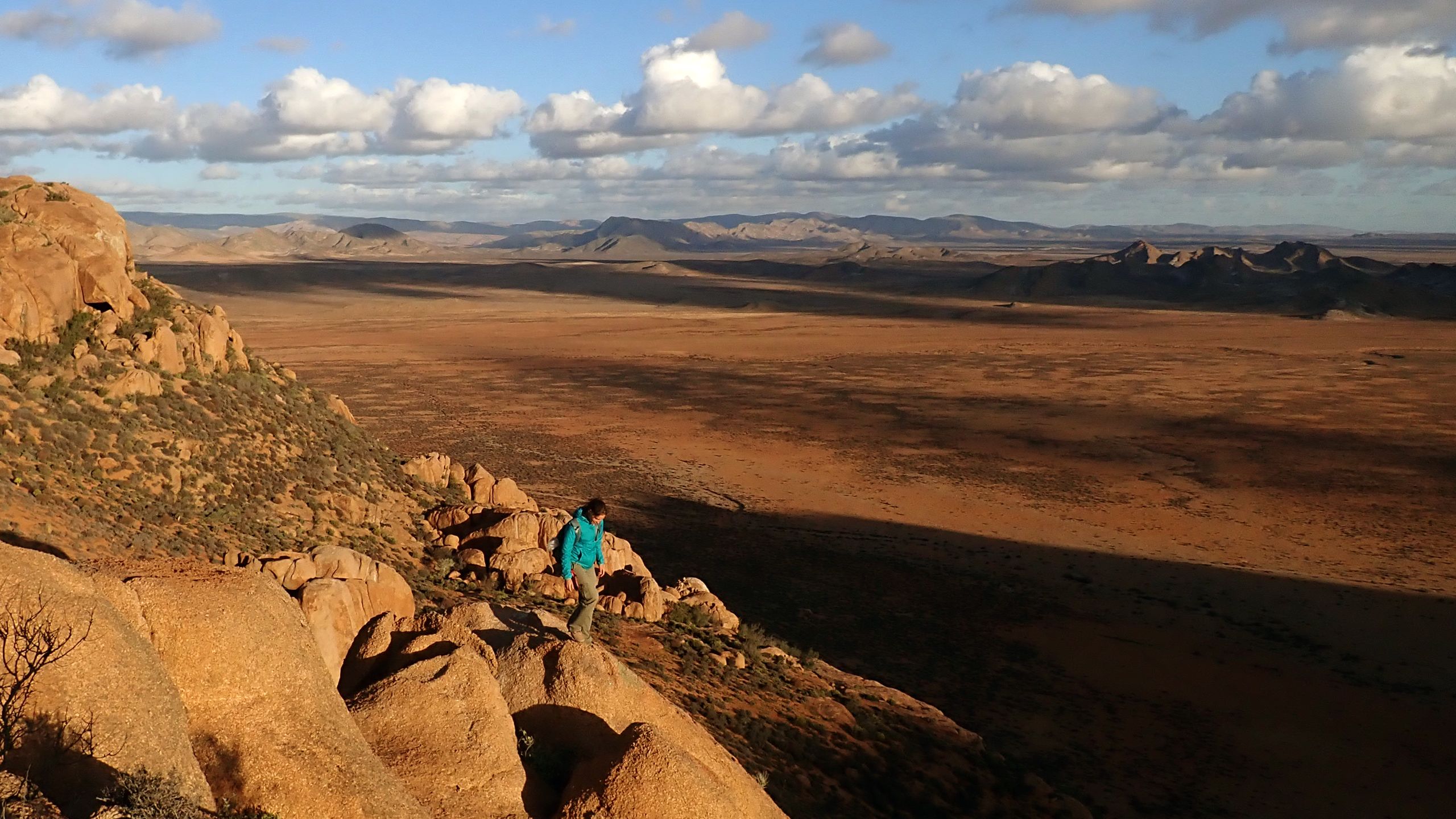
Walking at ‘botanist pace’ on Mount Terror in South Africa, Dr Ángela Cano likes to stop and smell the succulents. She then measures, photographs, presses specimens and gathers seeds. Her work is helping to safeguard some of the rarest plants on Earth.
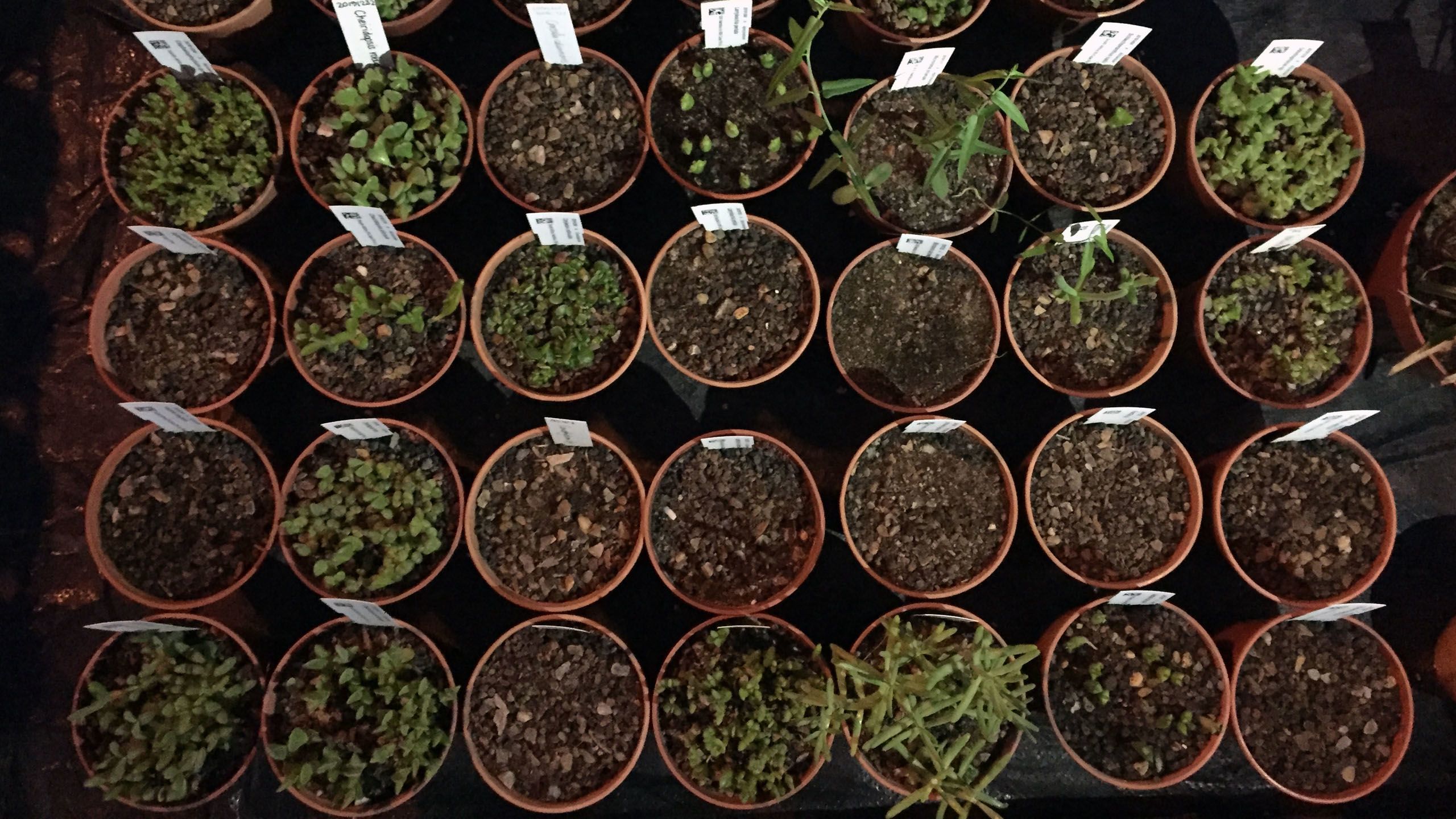
An army of tiny seedlings has broken surface behind the scenes at Cambridge University Botanic Garden (CUBG). A regular visitor to check on their progress is Assistant Curator Dr Ángela Cano. She is one of Cambridge University’s ‘wild collectors’.
Cano’s collecting career has taken her on expeditions to four continents. Along the way, she's searched for rare palms in Mexico, magnolias in Vietnam and succulents on Mount Terror in the ‘Succulent Karoo’ of South Africa’s Richtersveld.
The remote Richtersveld stretches between South Africa and Namibia and is a biodiversity hotspot with over 4,800 plant species, 40% of which are found nowhere else on Earth. Succulents live in abundance here – their fleshy water-storing leaves helping them to survive in the tough arid conditions of this desert wilderness.
But climate change, poachers and over-grazing now threaten this unique ecosystem, and the South African government had given the CUBG team permission to collect seeds from around 200 species and take them back to Cambridge for research and conservation.
Among the botterbooms, living stones and quiver trees, the team spots half-men lurking in the distance.
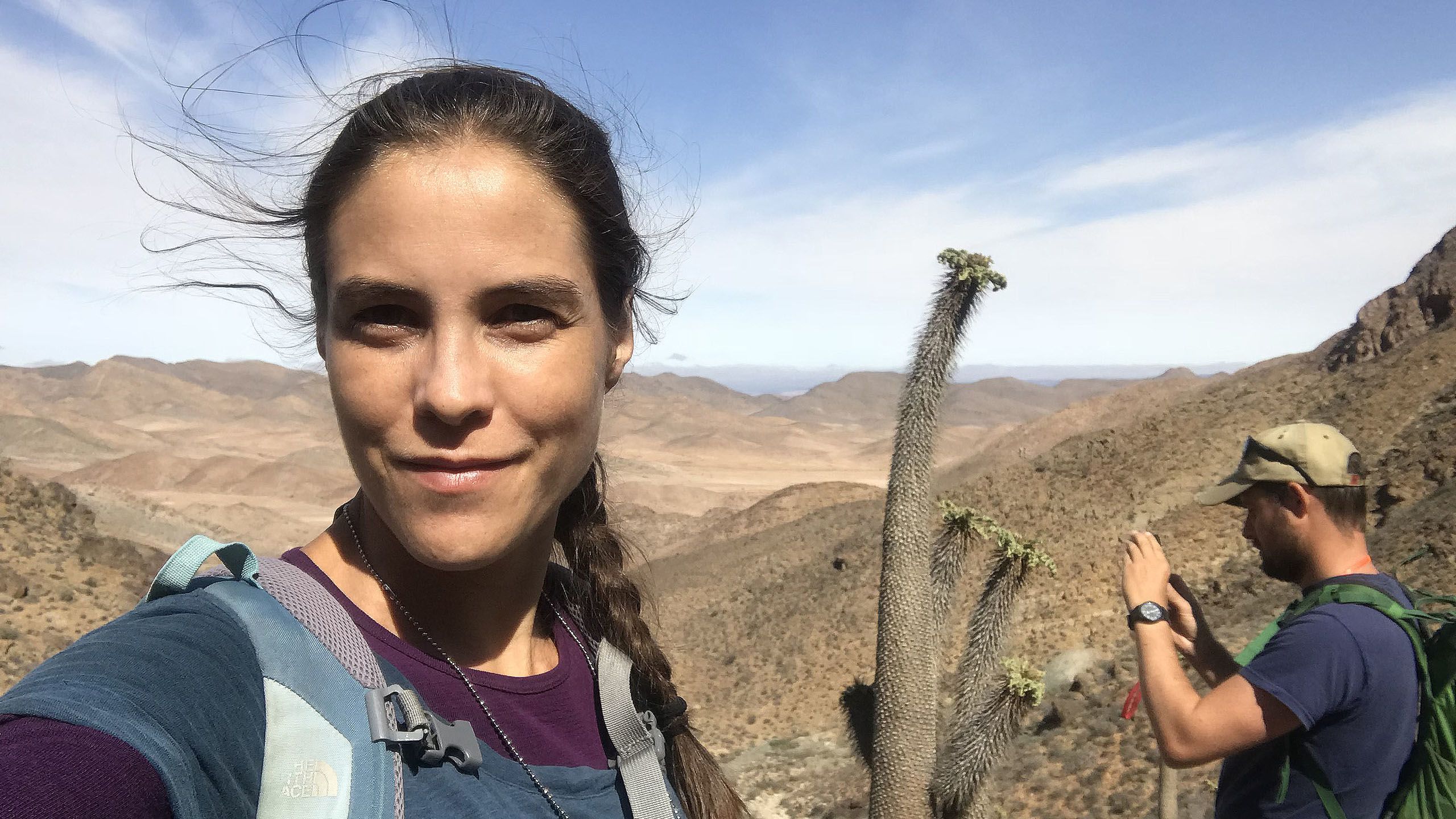
Pachypodium namaquanum is called 'half-men' for its stooped resemblance to a person trudging up a hill. The plant is too rare for seeds to be collected and so Cano and Alex Summers, CUBG’s Glasshouse Supervisor, record measurements and move on very slowly, at ‘botanist pace’, to look for other ‘charismatic endemics’ on their list.
They were to spend three days at Mount Terror. “We hiked all day to the top of the mountain carrying our tools, food and water and at night we slept outside in a sleeping bag next to a fire,” describes Cano.
“You wake very early because of the cold and you just want to collect and collect and collect before you go down and get some comfort. It’s physically hard – and also amazing.”
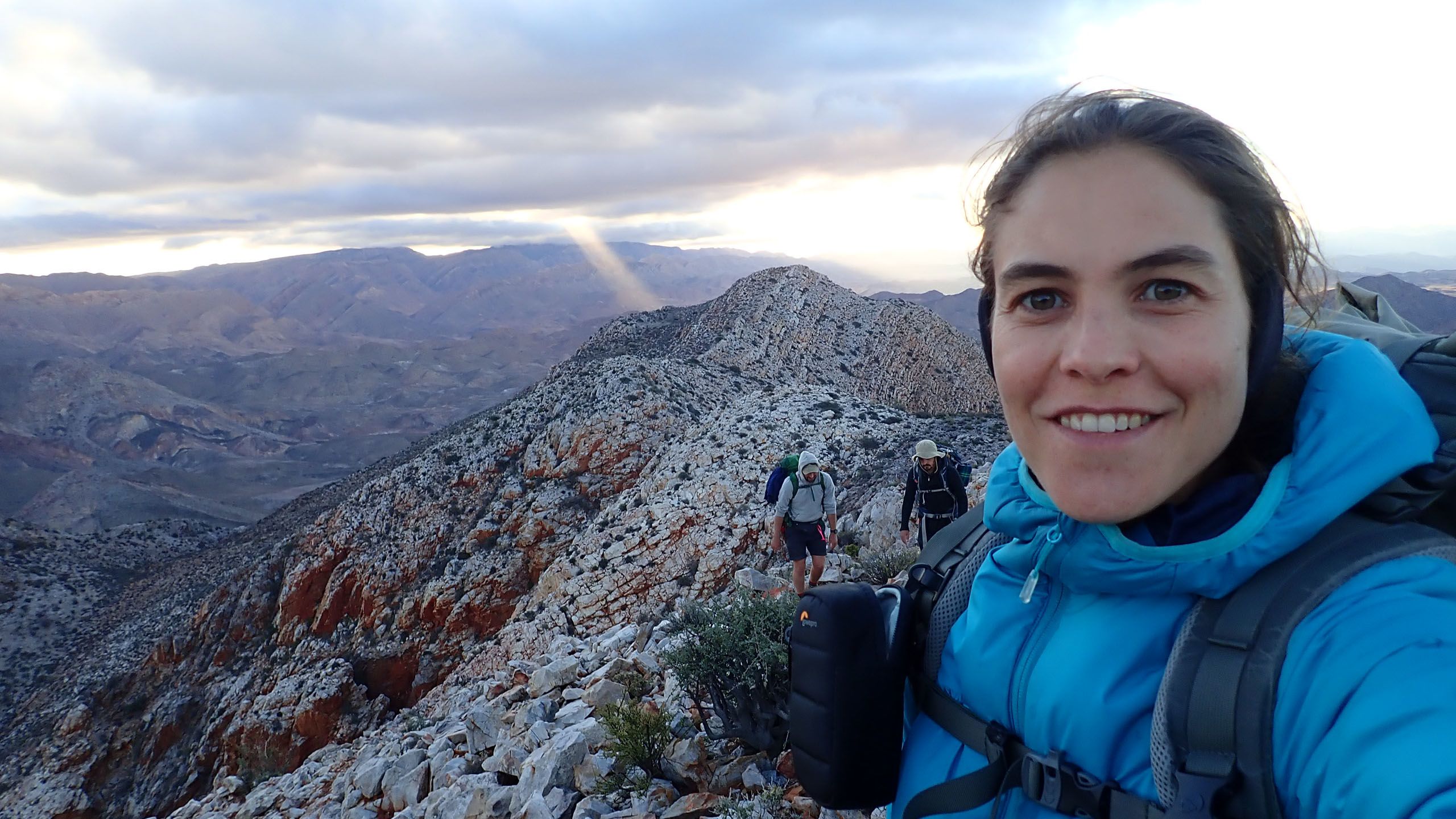
Collecting is like a ritual, she says. “We record size, shape, location, what it smells like, the colour of the flowers and fruit and leaves… we take a DNA sample, press specimens, collect seeds. We record the date and who we are with on the expedition.
“We record as much information as we possibly can because we don’t know what people will need to know in one hundred, two hundred years from now.”
“On fieldtrips, you are inspired by nature and you have questions: how did these plants evolve? What’s their ecology? Plants have many secrets that you discover subtly through observation.”
Correct identification is crucial. “These species are very similar and it takes a while to work out what you’re looking at. But once you do, you know that you can study everything about it – molecular properties, evolution, relationship with other plants.
“It’s almost a philosophical moment: until a plant has a name it doesn’t exist in science.”
Unusual as it may sound, a crucial item on the wild collector’s kit list is a newspaper. They are needed to press the plant in order to build what’s known in the botanical world as a ‘voucher’.
“Fortunately for us, newspapers are cheap, ready folded and can be bought almost anywhere in the world,” says Cano. “You take a sheet of newspaper, arrange the plant so that you can see all the important parts of its leaves, stem, flowers and fruits, then press it with cardboard, more newspaper, another specimen, cardboard… and strap it all together.”
“For small specimens, it can become like a 50-plant lasagne.”
Once dry, the plant is mounted onto acid-free paper and the preserved specimen, or voucher, is stored under controlled environmental conditions in the University herbarium at the CUBG. There it will join 1.1 million other specimens assembled over the past 300 years, including those collected by Charles Darwin on the voyage of the Beagle.
“You never know who is going to look at the specimen in the future, or for what purposes, so you have to be very thorough in your collecting skills, and often in hard conditions in the field. I love it. But it’s not a holiday,” she smiles.
Around a fifth of CUBG's 14,000 plants are of wild origin.
Now, with the launch of their new 10-year Living Collections Strategy, the garden is looking to double the proportion to 40% through wild collecting, seed banks and ‘swaps’ with other botanic gardens.
Plants cultivated over many generations in a botanic garden can only represent a fraction of the genetic potential of those collected from the wild, which are genetically variable with 'fitness' to survive determined by conditions in their natural habitat.
This is why the work of Cano and colleagues is so important: increasing the number of wild-derived plants increases the value of the collection for conservation and research, helping to safeguard some of the planet’s rich diversity of plants for the future.
“Our strategy puts plant diversity and wild-collected plant material at the top of our agenda,” says Dr Sam Brockington, Curator at the CUBG.
“Plants are crucial to the existence of all life on Earth. Having open and easy access to carefully curated and strategically planned collections of rare, wild and diverse plant material will assist plant scientists’ understanding of plants and the mechanisms they use to thrive and survive.”
CUBG’s Director, Professor Beverley Glover, agrees: “The Garden is effectively a living laboratory and classroom for University researchers and students, Higher Education institutions, primary and secondary schools and adult learners.
“Our intention now is to make this offer more accessible world-wide, while remaining an inspiring and wonderful place for over 300,000 annual visitors and families.”
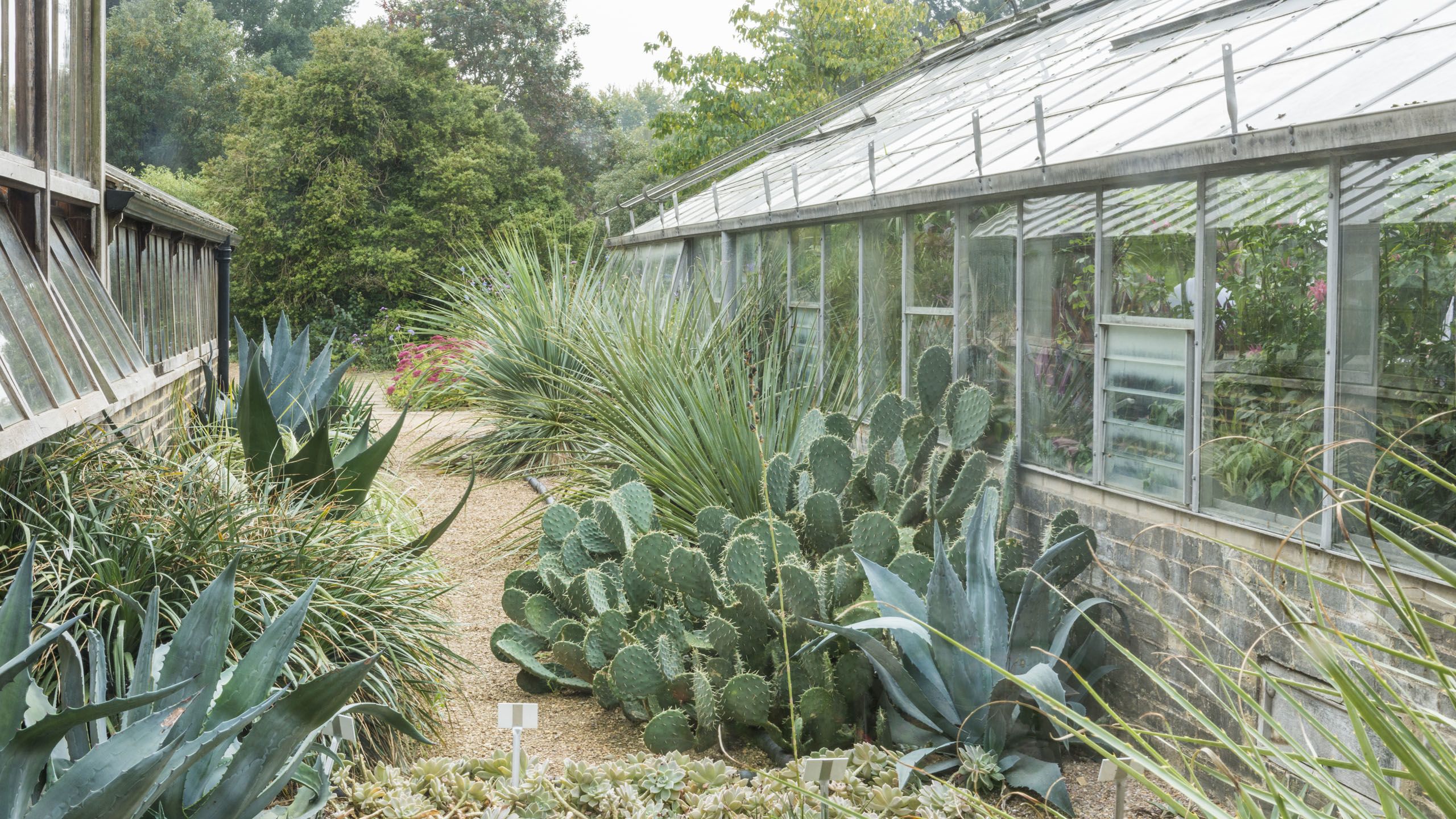
Meanwhile, back in the glasshouse, Cano eagerly waits to see how her seeds will grow. She wonders what we will learn from them about their past – and their possible future.
With increasing awareness of the climate emergency we face, and its effects on the natural world, does her work feel ever more urgent? “Yes, definitely,” she says.
“We don't know how long these plants will be around. Professionally this is to me like saving the rhino, it’s just that it’s a plant. If we let the time pass we will miss the opportunity to study and protect these plants. Who knows what we might need them for one day?”
Expeditions are currently on hold as a result of the pandemic but will be resumed as soon as possible.
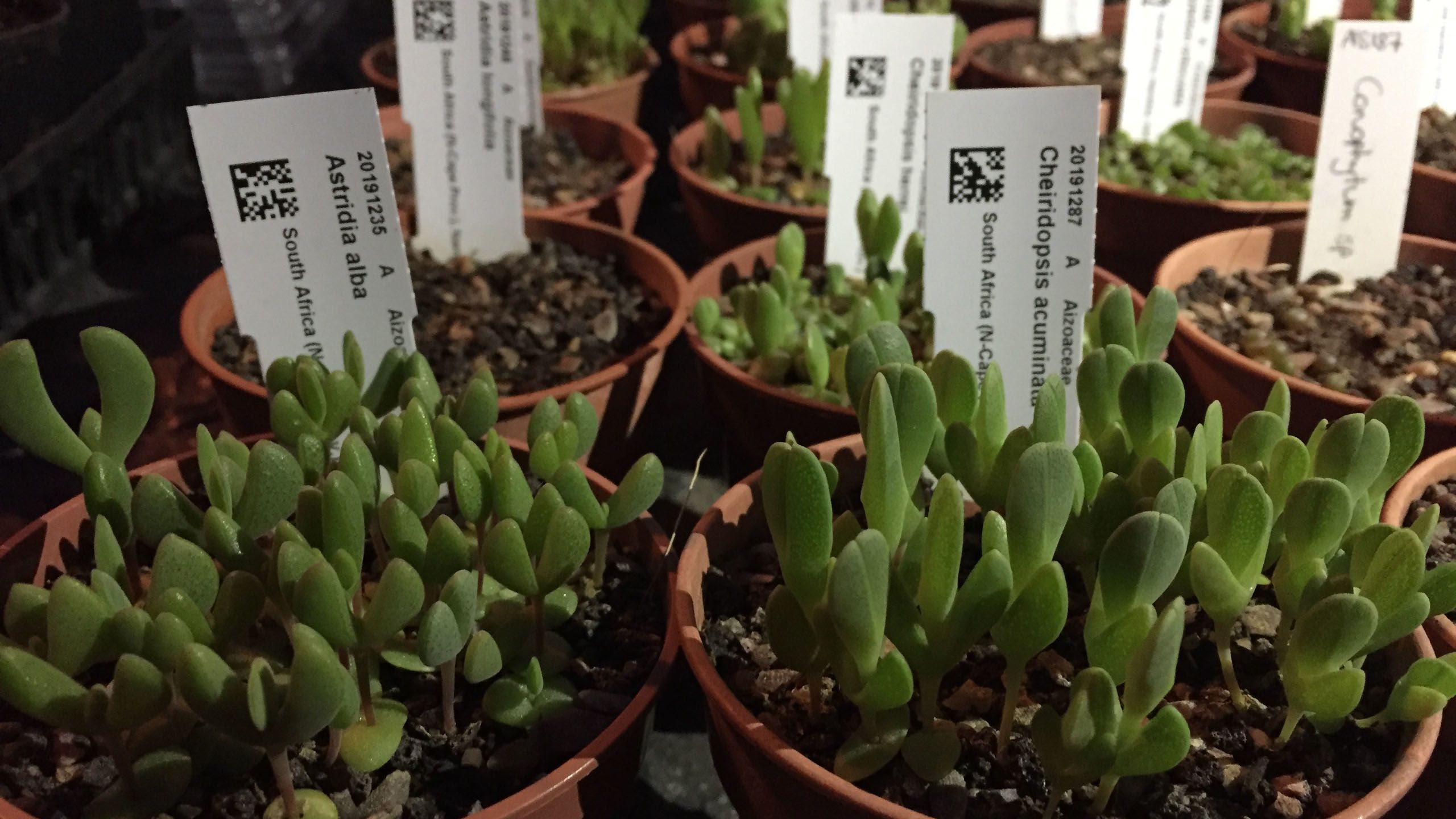
Ángela Cano was joined on the international and inter-institutional collaborative expedition to Mount Terror by Alex Summers (Glasshouse Supervisor, CUBG), Paul Rees (horticulturist, RBG Kew) and Pieter van Vyk (|Ai-|Ais/Richtersveld Transfrontier Park, South Africa).
Image credits in order of appearance:
South Africa’s Richtersveld: Alex Summers
Seedlings: Louise Walsh
Photographing the half-men: Ángela Cano
Mount Terror: Ángela Cano
Pressing specimens: Alex Summers
Voucher: Louise Walsh
Outdoor planting at CUBG: Howard Rice
Seedlings: Louise Walsh



